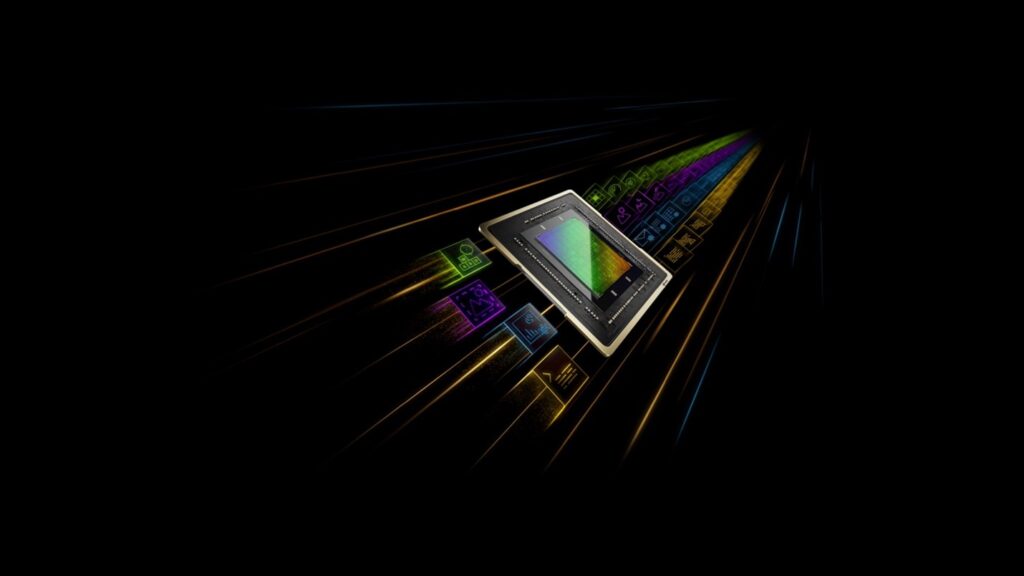Complex workflows benefit from the boost provided by Nvidia Ada-generation laptop GPUs, and now users who prefer thin and light laptops are able to take advantage of RTX technology too. This spring, Nvidia’s latest addition to the line, the RTX 500 and RTX 1000, will be available in compact mobile workstations from Dell, HP, Lenovo, and MSI.
RTX tech for thin and light laptops

Now more than ever, people’s offices are wherever they happen to be at a particular moment in time. For these power users, whether content creators, researchers, or engineers, Nvidia has expanded its Ada Lovelace architecture-based offerings with the RTX 500 and 1000 Ada-generation laptop GPUs, extending the power of its Ada-generation laptop GPUs to thin and light laptops.
The RTX 500 and 1000 laptop GPUs will appear in new mobile workstations this spring from Nvidia partners including Dell, HP, Lenovo, and MSI. According to Nvidia, all new mobile workstations containing RTX Ada-generation laptop GPUs—RTX 2000, 3000, 3500, 4000, and 5000, as well as the new 500 and 1000—will include an NPU for light AI tasks, as well as the RTX GPU for more demanding AI processing work.

The additional TOPS of AI performance provided by the RTX GPUs. (Source: Nvidia)
The RTX 500 and 1000 contain third-generation RT cores, offering twice the ray-tracing performance of the previous generation. They also feature fourth-generation Tensor Cores for twice the throughput and 30% the single-precision floating-point (FP32) throughput thanks to the Ada-gen CUDA cores. Also, the RTX 500 has 4GB dedicated GPU memory and the RTX 1000 has 6GB for running demanding 3D and AI-based applications. The new GPUs support DLSS 3 and NVENC (AV1) encoding.